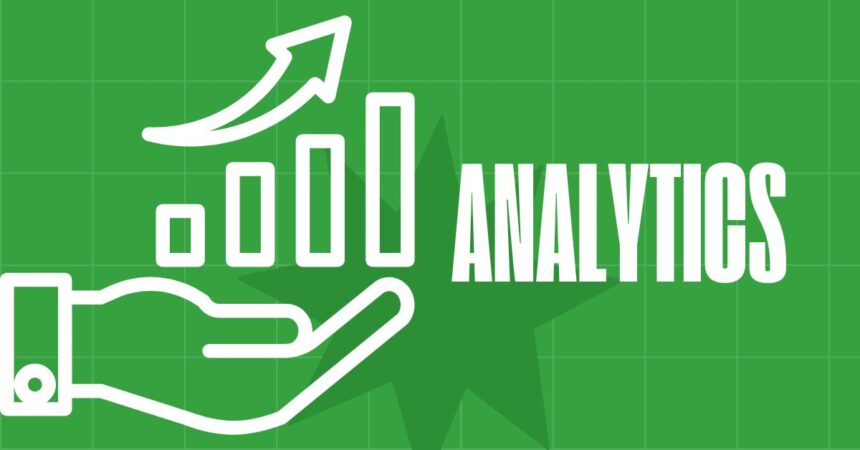Analytics refers to the systematic analysis of data to extract meaningful insights that can inform decision-making. In the context of business, data analytics plays a crucial role in understanding customer behavior, optimizing operations, and improving profitability. With the rise of big data and advanced analytics tools, businesses now have access to more information than ever before.
Analytics can be classified into various types, including descriptive analytics (which helps understand historical data), predictive analytics (which forecasts future trends), and prescriptive analytics (which provides recommendations for action).
Key Takeaways
- Analytics helps businesses gain insights from data to make better decisions.
- Descriptive, predictive, and prescriptive analytics offer different insights at various stages of decision-making.
- Data analytics improves customer understanding, operations, and profitability.
- Businesses use advanced tools to extract actionable insights from large data sets.

How Analytics Works
- Data Collection: The first step is to gather relevant data from various sources such as customer interactions, sales figures, or social media.
- Data Analysis: Using analytics tools, businesses process this data to uncover patterns, trends, and correlations.
- Actionable Insights: The insights are then used to inform decisions such as marketing strategies, product development, or operational adjustments.
For example, Amazon uses predictive analytics to recommend products to customers based on their previous purchases, browsing history, and preferences. This personalization drives sales and enhances customer satisfaction.
Benefits of Analytics
- Improved Decision-Making: Data-driven decisions are more accurate and reduce reliance on intuition or guesswork.
- Increased Efficiency: Analytics helps identify areas where resources are being underutilized, allowing businesses to optimize operations.
- Customer Insights: By analyzing customer data, businesses can tailor products and services to meet specific needs.
Challenges in Analytics
- Data Overload: Large volumes of data can overwhelm businesses, making it difficult to identify relevant insights.
- Data Quality: Poor data quality or incomplete data can lead to misleading conclusions.
- Complexity: Advanced analytics tools require expertise, and setting them up can be resource-intensive.
Example of Analytics in Action
Netflix uses predictive analytics to recommend movies and TV shows to its users based on their viewing history. By analyzing this data, Netflix can personalize the content suggestions, improving user engagement and retention.





